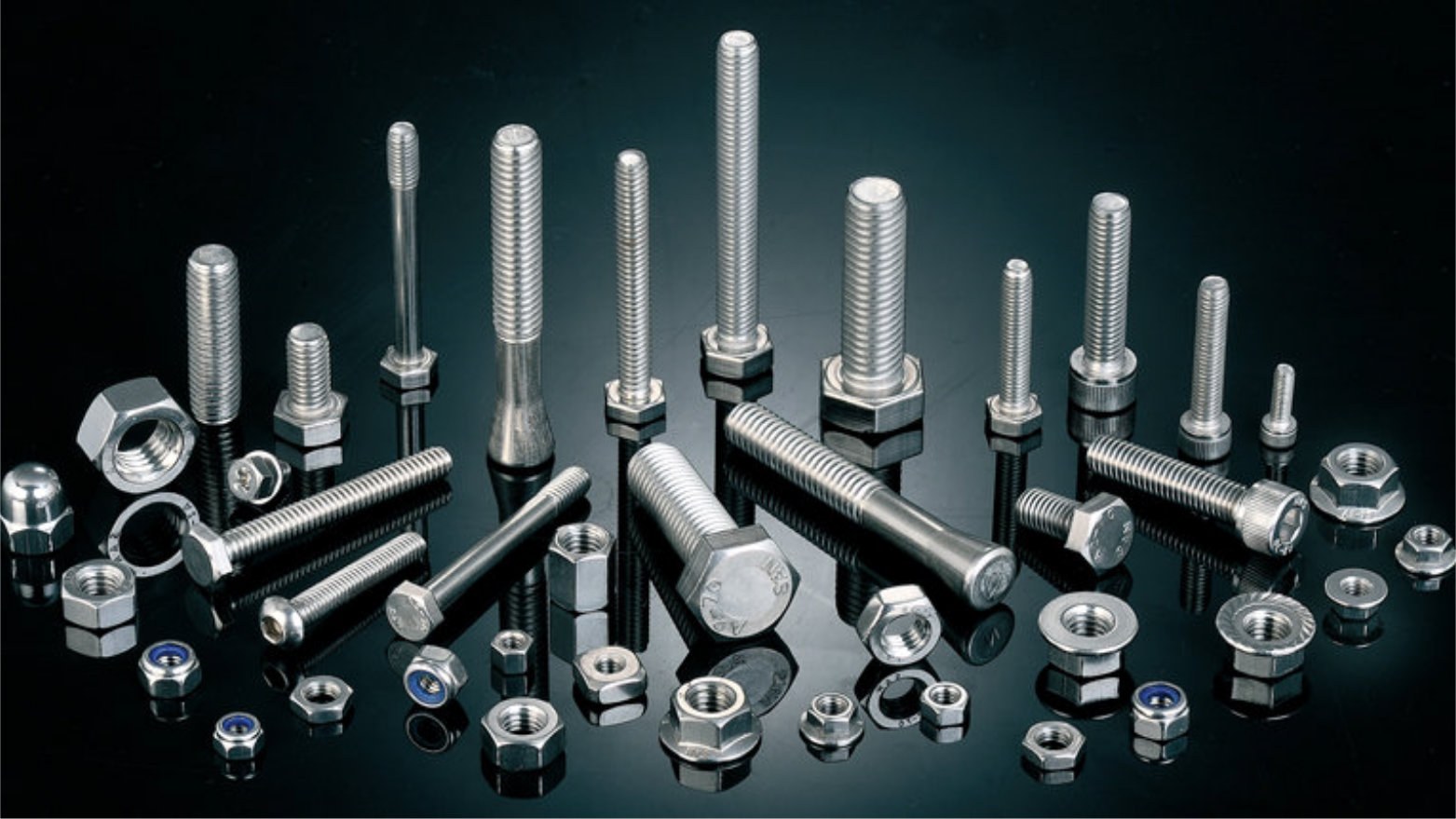Fastener hardware comes in a variety of shapes and sizes. One of the key factors when choosing a screw is the type of head it will have.
Button heads are a rounded design commonly used in socket drive screws that sit flush with the surface of the material being held together. This type of head is suitable for applications with low clearance since it distributes force more evenly than a flat or hex head.
Strength
Like their names suggest, button head socket cap screws feature a rounded head and a recessed hex drive. They are ideal for applications where a low-profile screw head is desired. They also have a wider load-bearing surface, making them resistant to loosening. They can be tightened using a standard Allen wrench or hex key.
Stainless steel button head socket caps offer superior strength when compared to other screw types. They are available in different sizes to suit specific application requirements. Depending on the type of material used, these screws are corrosion-resistant and can be installed in metal framing and construction projects.
These high-strength fasteners can be used in a variety of applications, including furniture manufacturing and assembly, electronic devices, and automotive components. They can provide a neat and finished look to the final product. They can also be installed in thicker materials than other screw types, such as 316 stainless steel. However, when installing these screws in aluminum, the torque should be reduced. Otherwise, the screw may be damaged or the tool could break.
Appearance
Button Head Socket Cap Screws are versatile fasteners that are valued for their distinct appearance, flush installation, and strength. They also have a recessed hexagonal socket that adds a level of security that helps resist tampering. They can be plated in CY-Chrome, which offers corrosion resistance to keep them looking clean and new for longer.
There are several different screw head styles, each with its own function. The most common styles include binding, cheese, fillister, pan, round and hex heads. Each has its own advantages and disadvantages, depending on the application.
Stainless steel button head socket cap screws have a rounded, low-profile head that allows them to be tightened using an allen wrench or hex key. They can be tightened to higher torque specifications than other screw types, and have a sleek look that makes them attractive in many applications. They can also be used in confined spaces where clearance is limited. They are often paired with a washer to prevent damage to the surface of the head.
Corrosion resistance
A wide variety of industries utilize the Button Head Screw, including manufacturing and assembly, automotive, aerospace, and furniture making. Their sturdy design and versatility contribute to their widespread use. They offer a finished, streamlined appearance that is ideal for visible installations, and their ease of installation allows for greater work efficiency.
The Button Head Screw is available in a wide variety of materials to meet the specific needs of each application. The most common material is stainless steel, which is resistant to corrosion and able to withstand high temperatures. Other options include brass and aluminum.
Button head socket cap screws have a rounded, button-shaped head and a hexagonal socket for an Allen wrench or hex key. Their low-profile design makes them ideal for confined spaces, and their recessed socket prevents tampering or unwanted removal. They are also more secure than flathead or low head screws, making them an excellent choice for security applications.
Installation
Button head cap screws are a popular choice for various applications because of their unique characteristics. They are made from sturdy materials and can withstand a lot of pressure, making them durable and reliable. They also have a low profile, allowing them to be used in areas where space is limited. Additionally, they can be easily installed and removed, enhancing work efficiency.
Another benefit of this screw type is its rounded head, which reduces the risk of injury. This is important in applications where people are likely to come into contact with the screw. It also helps prevent damage to materials such as clothing or skin.
To get the most out of your button head socket cap screw, make sure to use it properly. Regular inspections can help identify signs of wear and corrosion early on, preventing failures. You should also check the rated tensile and shear load to ensure that it can withstand axial and lateral forces.

